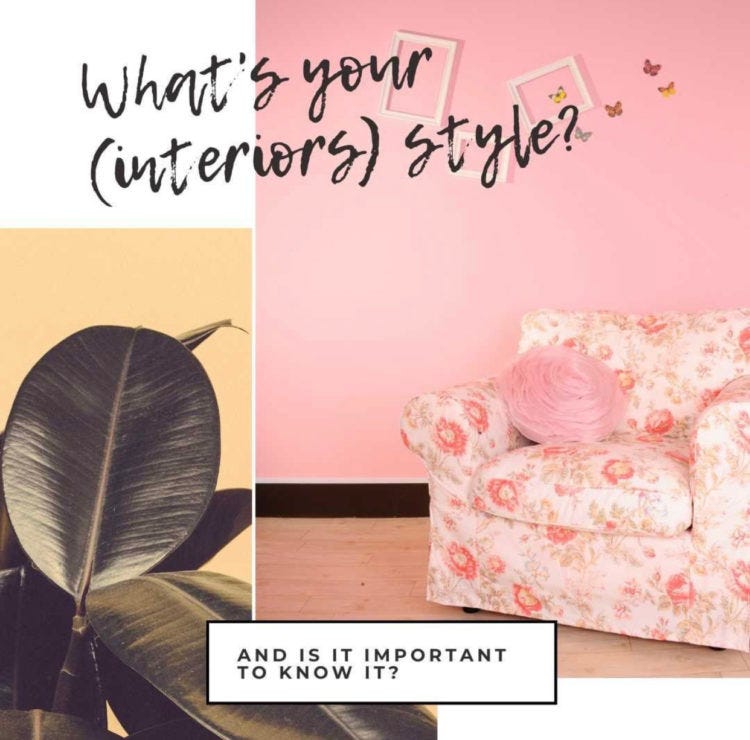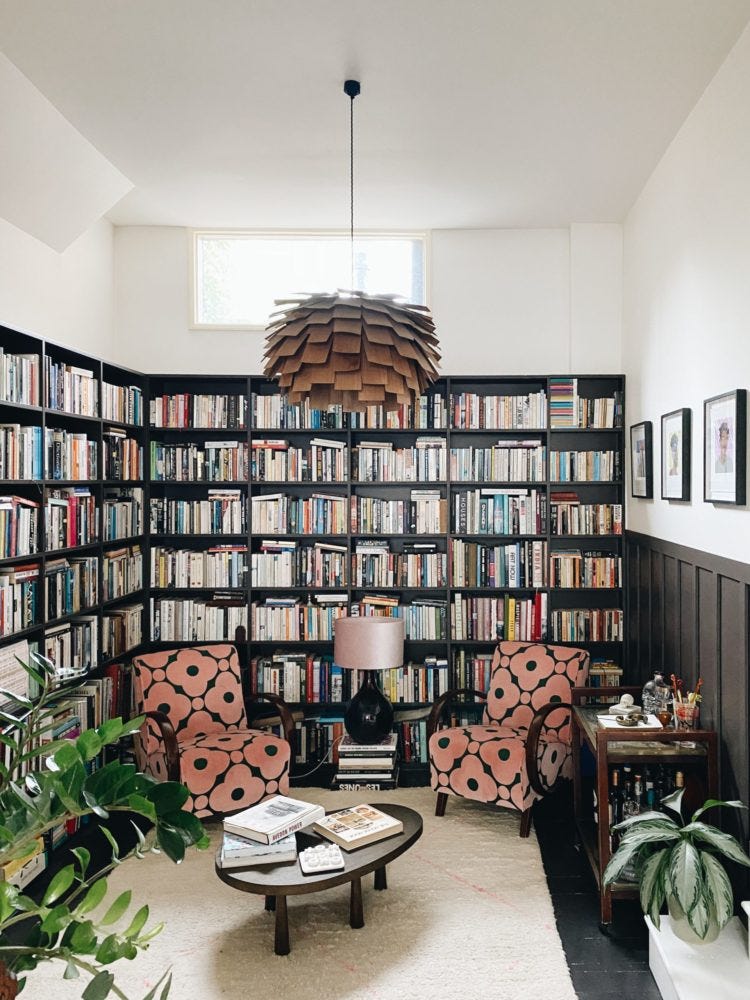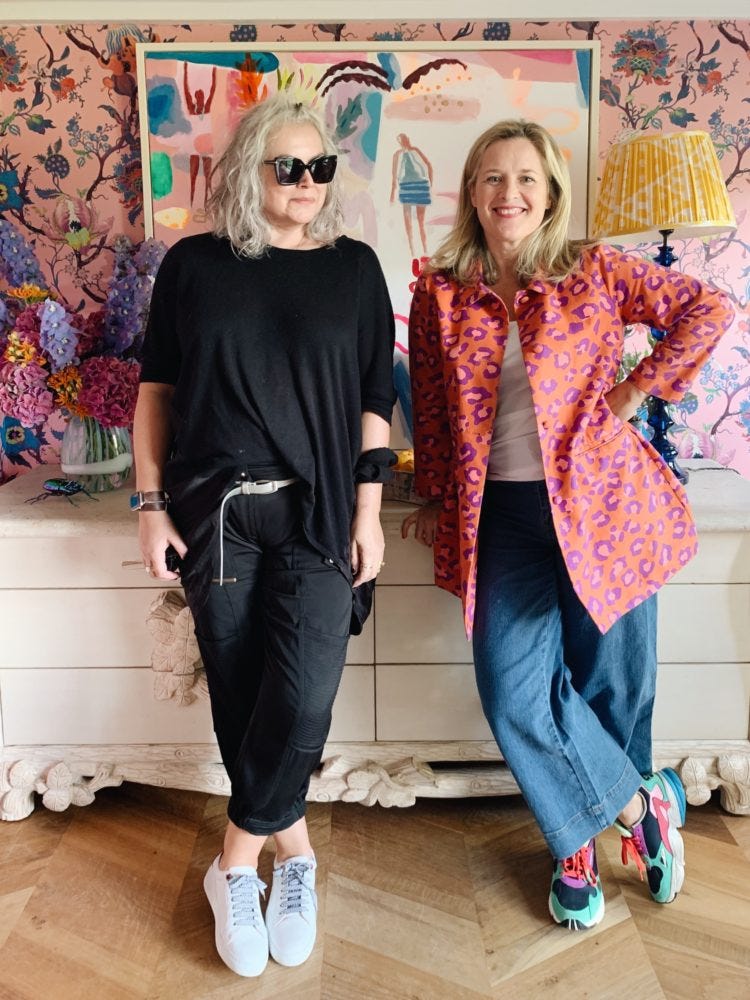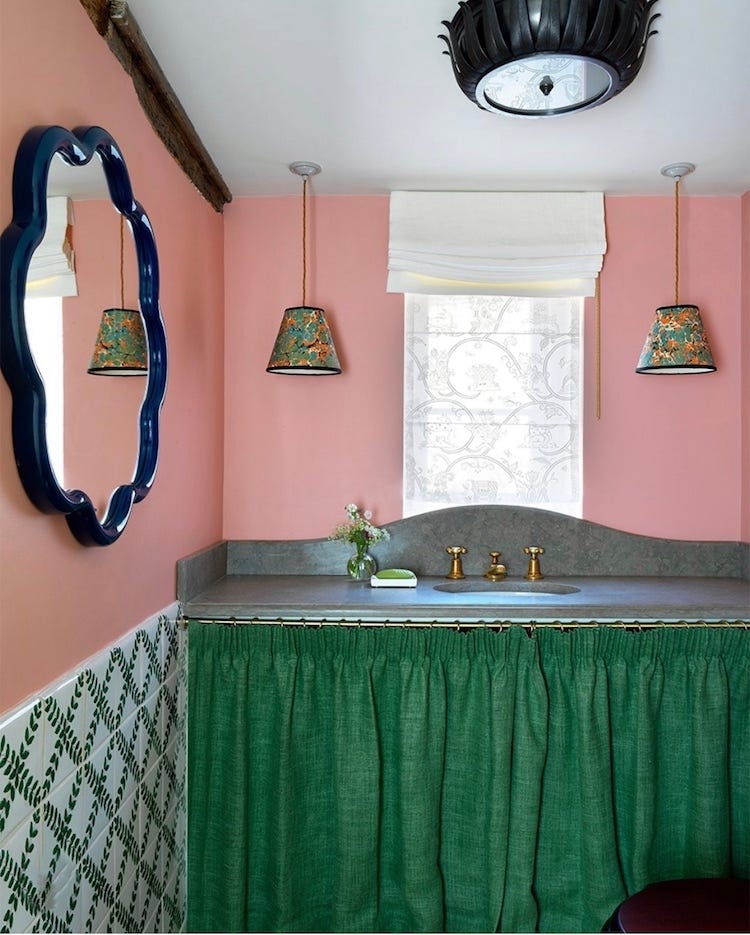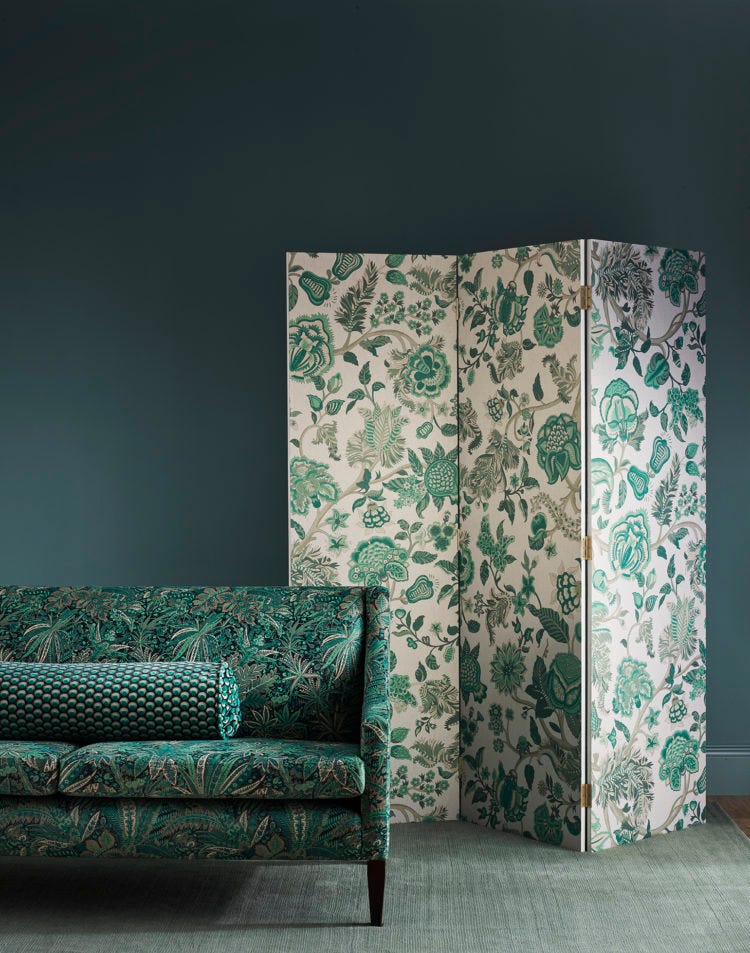How to find your Interior design style
I have talked about this here and there and written about it in my books but it seemed like time to bring it all together in one post for those who are newly interested in their homes and struggling to sort out their style from the overwhelming amount of pictures and information that is out there.
Some people are lucky enough to know instinctively what they like and how to put it together. They are expert at grabbing a bit of this and putting it with a bit of that together with another element that brings the whole thing together in a seemingly effortless way.
The rest of us have to try a little bit harder. We have to take a little time to ask questions and form answers. This is why I return again and again to the wardrobe analogy. Because dressing your house is like dressing yourself - only your house doesn't have fat days, or hungover days or let's just lie on the sofa and eat biscuits days.
And I know that some of you will say that some days you want to wear sequin tops while others are for trackie bottoms so how does that work? Well you also need to work out how you want to feel in each room and then match the "outfit" to the space.
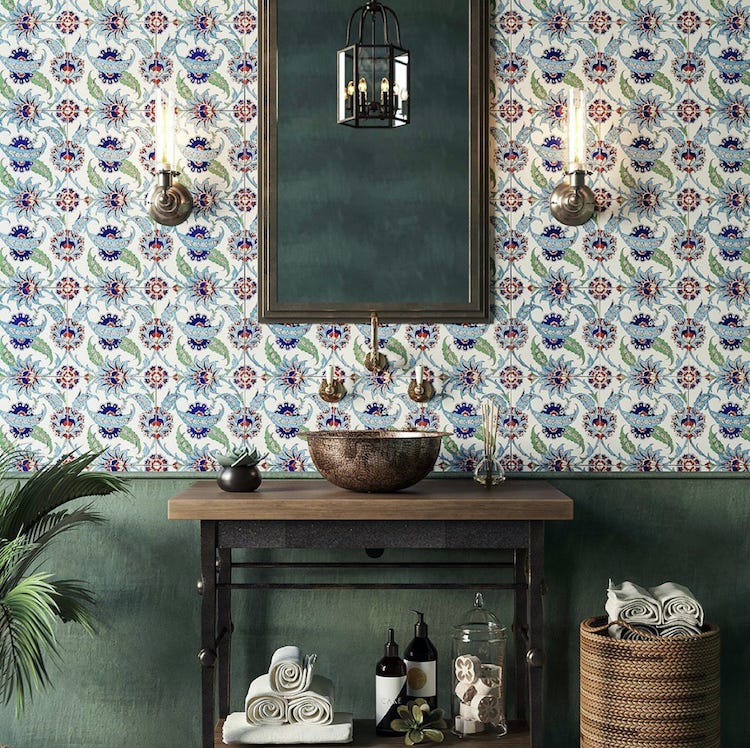
It's also about confidence - at 25 we can wear anything we want and we probably don't because we don't think we look good enough. At 55 we might have the confidence but we also have the wisdom to know when we shouldn't - so we have to be clever.
So let's go back through these elements and look at them one by one. First up the wardrobe analogy. You might think yours is all black, or a jumble of work and weekend (perhaps less so these days). But I promise you that you can still learn from it. And I suspect, for those of you who have more corporate jobs and have to dress accordingly that your weekend wardrobe is the one to focus on. Or what is going on on the bottom half of a Zoom meeting to be more up to date. I like to think these Orla Kiely upholstered chairs are the fun element in a sober book-filled room.
If the colours tend to be monochrome or block then we can surmise you aren't a great lover of pattern? Take a moment to look also at the shapes - structured and minimal like Cos? Then I'm guessing you like mid-century modern and pared back Scandinavian style. Does the afore-mentioned sequin top have a place? Perhaps you favour a more boho Anthropologie look with lots of texture and colour.
And while I appreciate this won't work for everyone, it is, generally speaking, a good starting point for those who feel a bit lost. And I have yet to see a lover of the floral English country style favour an all black wardrobe as you can see from this picture of me and Sophie in her house - and this picture was not planned - well only the sunglasses as I was making a joke about Sophie's bright colour schemes. And take a look at this piece on the designer Beata Heuman, who loves colour - ever seen a more classic case of dress like your decorate? And look at the second picture of her in a plainer more colour blocking outfit but check out the toes of her trainers- there's the wit for which she is renowned.
Now to delve in a little further. Of course our wardrobes are a mixture so we can dress according to our mood. Well it's the same with houses. Because one of the key questions you must ask yourself before embarking on a decoration project is "How do I want to feel in this space?" So you might need to feel relaxed, or inspired, or ready to work or sleep.
Make a note of those moods and then you can start to plan to accommodate them. The chances are that most rooms will need a mix of emotions so you can start to create an "outfit" that is based around the dominant mood. So if a bedroom is mainly sleeping but with some work thrown in then paint the walls in a colour that makes you feel relaxed and calm but consider zoning the desk area with some wallpaper that makes you feel ready to work - for the record studies have found that green is supposed to stimulate creativity and looking at plants makes us feel calm so maybe it's a botanical wallpaper all over with some flashes of colour (tropical birds?!).
In the sitting room it might be mostly evenings of calm with the odd party note thrown in. In which case keep the colours to whatever makes you feel that way but throw in the equivalent of the fabulous earrings or great shoes - this can be a lamp or some cushions.
And this too plays into the age factor. Few of us live in rooms that are the equivalent of a 25-year-old supermodel (this is basically a Georgian house that can take any decor in any colour with any style of furniture and still make it look good). Most of us are at the 55-year-old end of the scale - we know the good bits, have to work a bit harder to enhance them, and want to try and hide the bad bits.
This can you can largely do with good lighting. But paint helps too - matching the ceiling to the walls will disguise a low ceiling, painting the woodwork to match the walls will lengthen them (think ankle strap with cropped trouser on short leg) and painting a window frame in a dark colour will draw the eye to the view beyond - so if it's a carpark don't - hang a great curtain instead.
When it comes to choosing your patterns it helps to put the screen down and go for a walk. I have spoken at length about how hotels can teach you a lot about layout, but a walk down your local high street can also help you. Are you drawn to the big blousy florals or the tidy geometrics? Small flowers or fat stripes?
Textiles are put together by professional designers and you can do worse than copy their colour combinations or pattern ideas if you are stuck finding your own or aren't sure what goes with what.
If you can't get out and about then do use social media but take a moment not just to appreciate the image but to ask yourself how a particular colour scheme makes you feel - overwhelmed, edgy, relaxed? That way you can start to build a colour palette to suit your moods and the mood you need to generate in the room you are decorating.
I hope this has helped those of you who are drowning in swatches and paint chips and remember - you don't have to take it all too literally - a love of a Breton stripe doesn't mean you want to paint your entire house in stripes - it might mean that you prefer geometric to floral, that you like a simple clean colour scheme, that you don't want lots of frills on your cushions. You need to take the time to analyse your choices and think about what they might mean.
It's about asking the questions and coming up with the answers to discover a scheme that reflects your personality and that of the people you live with and getting it right so you have don't to undo it and start again.
And if you've read this far and would like more help then have a look at my online course - five hours of advice and tips with workbooks and pinterest boards for you to look at. All details and the trailer here.





